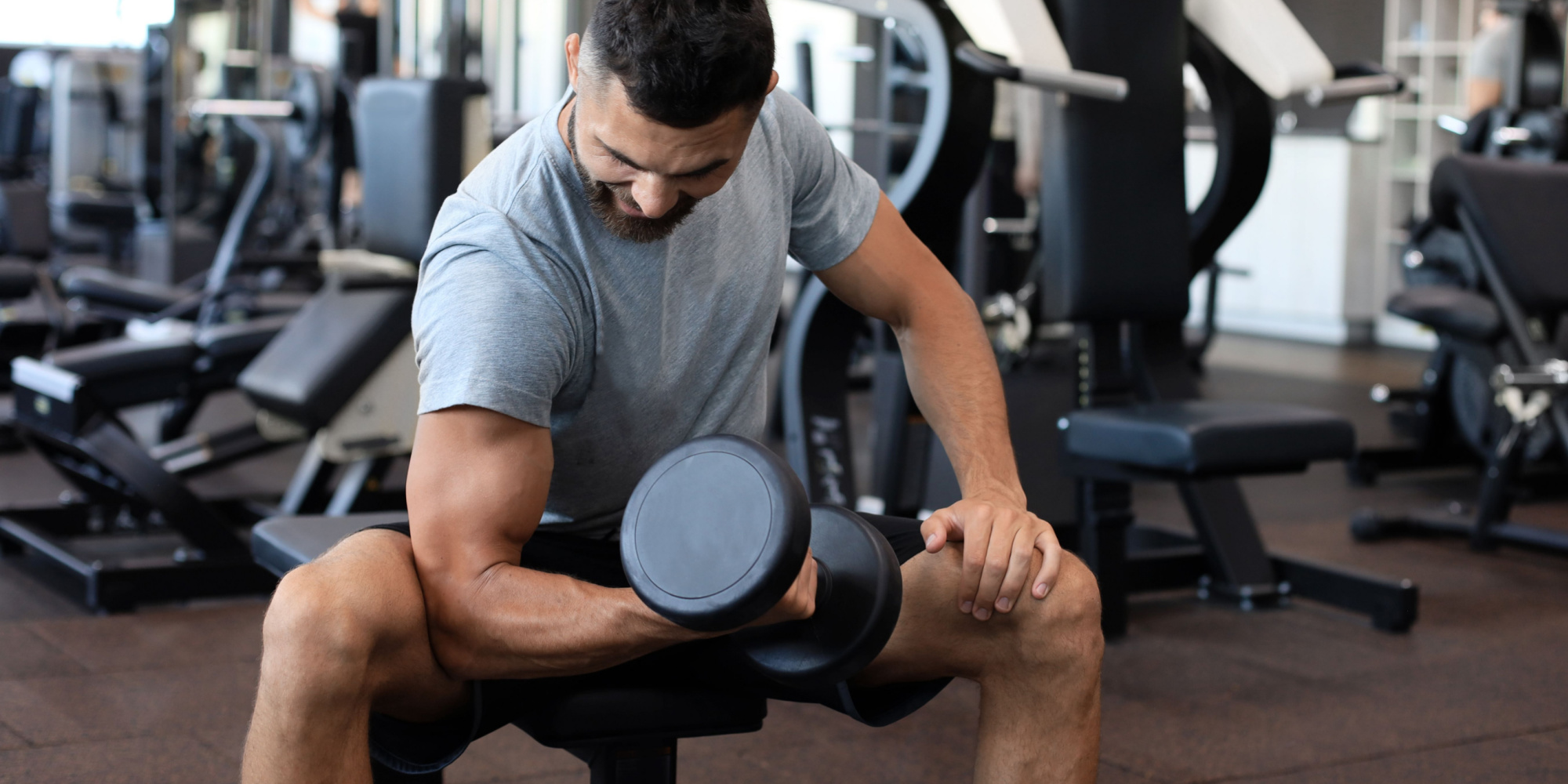5 Best Muscle Growth Tips For Hardgainers
May 17, 2023 mindpumpHardgainers are typically considered those who struggle to put on muscle mass despite their best efforts in the gym. While the general principles of muscle building still apply, there are some tricks and tips a hardgainer specifically can do to help ensure they set themselves up for success.
Compound Exercises
Spending too much time on isolation exercises is a big reason why MOST guys don’t put on muscle. Bicep curls and pushdowns are great for building big arms, but if you aren’t making the foundation of your workout program some compound exercises like squat, deadlift, bench press, row, and overhead press, you are leaving a lot of gains on the table. These allow you to progress up using heavier weights while simultaneously hitting multiple muscle groups. Don’t forget, the arms are still very much stimulated during bench press and row movements. There is also a time and place for direct arm work, but the meat and potatoes of your workout program should definitely be compound exercises if you are struggling to add size. They will also send the loudest signal to grow the most muscle.
Increasing Your Calorie Intake
A hardgainer by definition isn’t putting on size. Being in a caloric surplus is of utmost importance, so you need to make sure you are eating enough! Start by shooting for as close to 1g/lb of bodyweight. Once you hit that, the remainder of your calories can come from either a mix of carbohydrates and fats. While I don’t feel you need to track what you eat long term, it is highly suggested to do this for a week or two, to see how many calories and become aware of how much food is required to see the scale go up, and performance in the gym increase.
Once you find your rough maintenance intake, you can ensure a surplus by adding an additional 300-500 calories to fuel all the hard work in the gym. If appetite is an issue, eating more calorically dense foods can help get you there. If I am behind in calories, sometimes I will create a smoothie with protein, fruits, peanut butter, and oats if needed to get my calories up without feeling overly full.
What Gets Measured, Gets Improved
Just as tracking your calories is important to bring awareness to what it takes to be in a surplus, I highly recommend tracking your workouts. We want to be aiming for progressive overload. This can come in the form of doing more reps or higher weight than the week before. How can you be sure you are achieving either if you haven’t tracked your performance over time? Without this, it’s very easy to stay at the same weight, or worse, backtrack because of injuries that held you back, or trying to “reset” your mind muscle connection.
It can also be helpful, although not as needed, to take weekly, or monthly photos so you can have another metric to assess progress. It is very hard to see our small increases in muscle just by looking in the mirror, but if you are following progressive overload, and a caloric surplus, these pictures will allow you to look back and see the actual changes made to your body over time.
Recovery
Some of you may be good at pushing the intensity in the gym. What if it is too much? A general guideline to follow is to choose a weight that allows you to perform your prescribed reps while leaving 2-3 reps in the tank. So if you were doing a bench press for 8-10 reps, you’d want to choose a weight so that when you hit 8 reps, you felt as though you had 1-2 reps left before failure. Over time you will slowly work up to hitting 10 reps with that same weight, in which case it would be time to add 5 more pounds and repeat.
It is also important you are getting 7-8 hours of sleep to help your muscles rebuild. We break down our muscles at the gym, and build them back up at night using the caloric surplus provided to repair broken down muscle tissue.
Consistency
After following all the above tips, the only step after that is CONSISTENCY. Any advice you take will only work for so long if you are not keeping up with it. We don’t grow muscle because we had one or two weeks that we adhered to our plan. It’s the consistent practice of following each tip week to week, over at least 3 months if you hope to see any progress.
Ask yourself “Can I see myself doing this 6 months from now?” If the answer is no, make the new habit easier, until it becomes a yes. This will help build better lifestyle habits that will stick with you long term.







